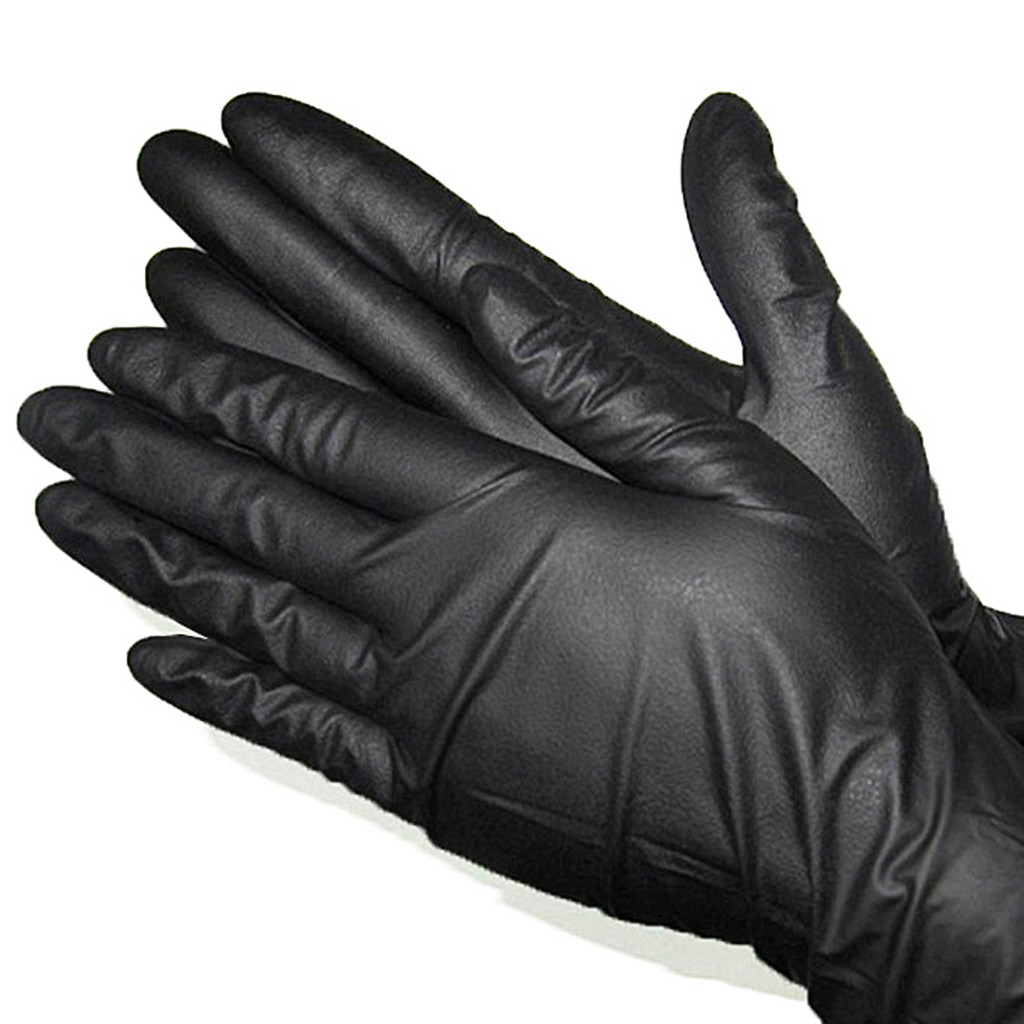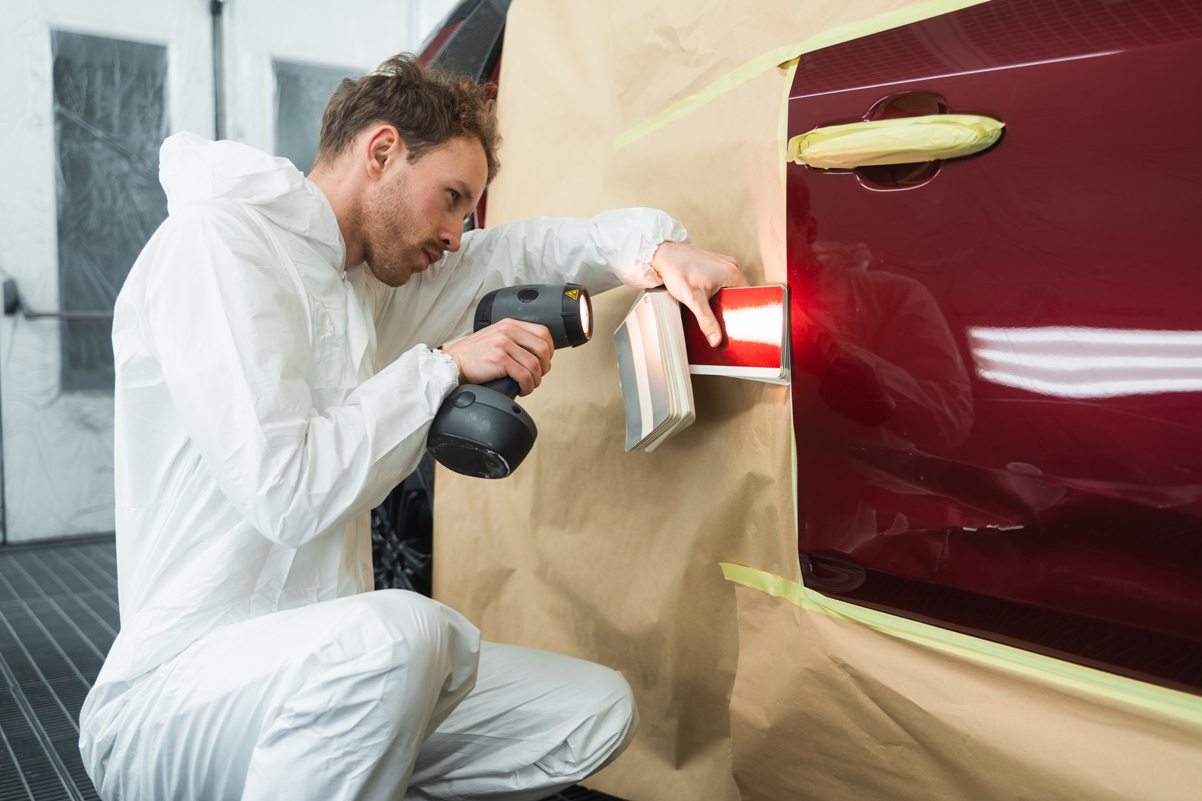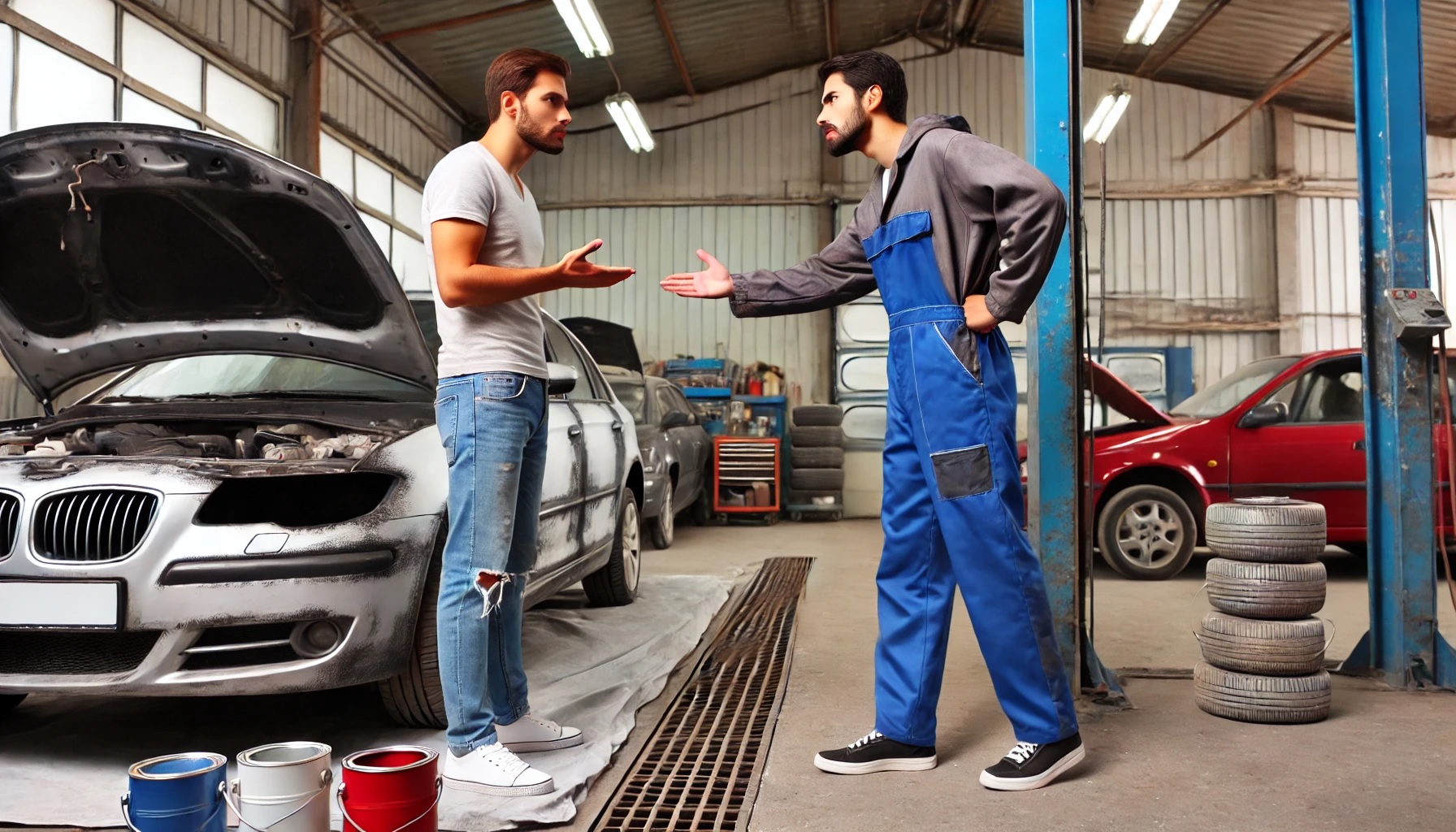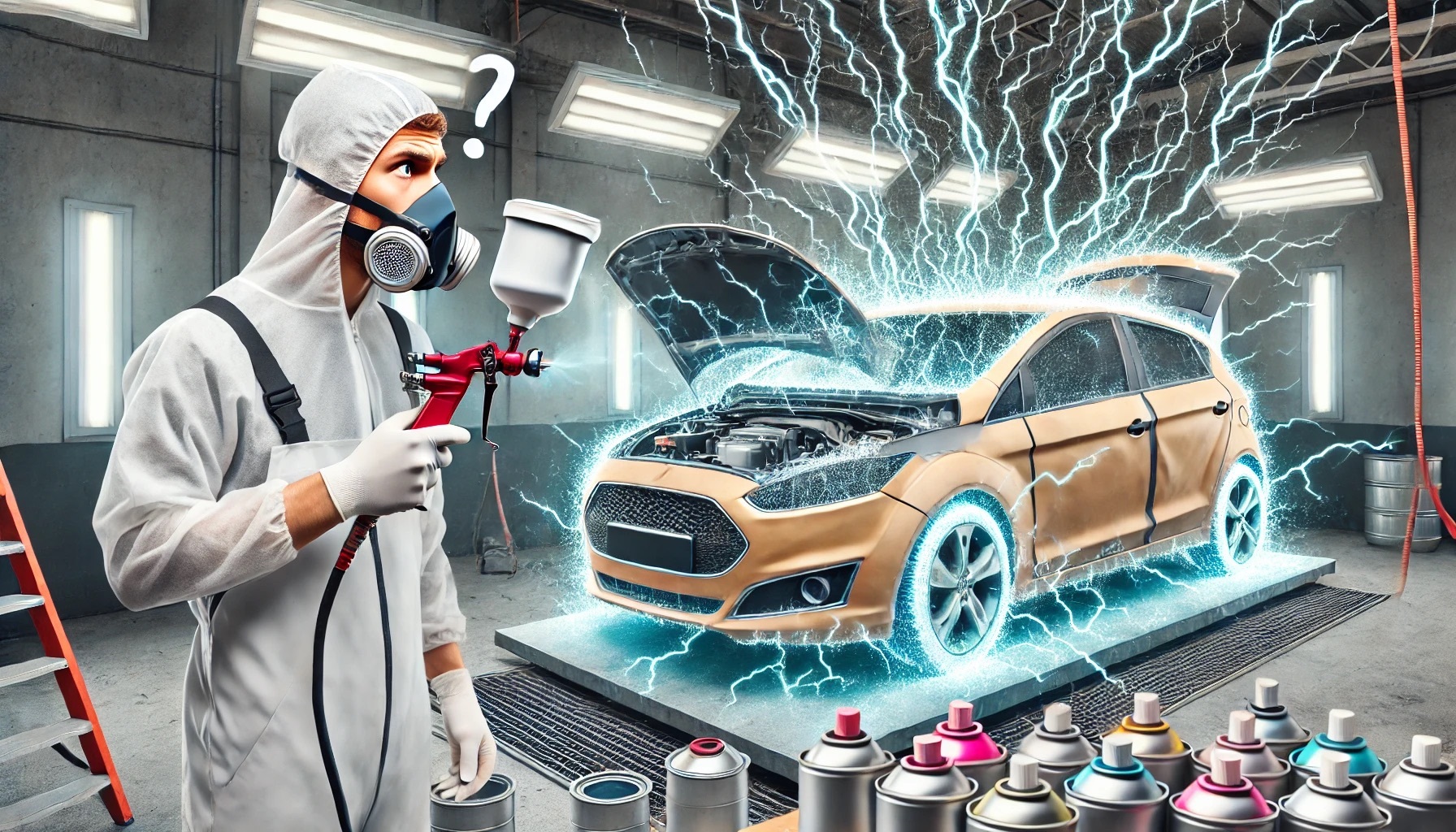Those of you who follow Etalon Blog probably have noticed that I’ve stressed the importance of health and safety issues in bodyshops many times. This article is no exemption. I was triggered to write this post after a short chat in one of the Facebook groups, dedicated to automotive refinishing business. Particularly, I saw one sprayer from Australia posting his medical tests results, mentioning that he was obliged to take this medical exam twice every year! I spent a couple of hours searching on internet about this exam and found out some valuable information about isocyanates health effects, sensitization risks, prevention and medical monitoring. In addition , I have asked many painters whether they have ever taken medical examination for lungs function. 100% of the answers were negative. Let me begin with a few facts (not myths) about isocyanates first.
What are isocyanates?
Isocyanates are chemical compounds identified by the number of – NCO (nitrogen-carbon-oxygen) groups they contain. The most commonly used in industrial manufacturing are di-isocyanates such as toluene di-isocyanates (TDI), methylene diphenhydramine isocyanates (MDI) and hexamethylene di-isocyanates (HDI).
Isocyanates in car refinishing industry are most commonly hexamethylene di-isocyanates (HDI), which are present in all 2K materials like direct gloss paints, primers, fillers and clearcoats. HDIs enhance coating durability, gloss and long-term stability in general. Modern chemistry has no substitute for isocyanates at the moment.
Who are exposed?
It is a common misunderstanding that only paint sprayers are exposed to isocyanates. Certainly car sprayers are at the highest risk. However, taking into consideration that a great number of bodyshops do not respect or even know their spraybooth’s cleaning time. Furthermore, have inadequate ventilation, poor or none personal protection is taken during the materials mixing and preparation, positive pressure within spraybooths (to keep dust outside the booth) and application of two-pack primers happens virtually in the prep zone, all these show that practically all workers in a bodyshop are prone to isocyanate exposure.
Health effects of isocyanates
Asthma and sensitization
The number one health problem from chronic isocyanates exposure is health issue with respiratory system, from minor symptoms like fever, flu-like aches, fatigue, difficulty in breathing to more severe, like occupational asthma and sensitization. Car paint sprayers have about a 90 times higher risk of getting asthma than other working population. Studies reveal that about 1 percent of workers exposed to isocyanates for one year will develop asthma.
The most troubling though health effect from repeated exposure to isocyanates is sensitization of the respiratory system. Once sensitization occurs, a human body cannot stand any exposure to even very small concentrations of isocyanates. Chest tightness, shortness of breath, cough, wheeze and even death may occur. Sensitization period varies very much from several weeks to 10 years. Sensitized person should avoid any exposure to isocyanates, thus paint spraying or work in bodyshop won’t be an option anymore.
Skin problems
Skin sensitization is not as common as respiratory sensitization, however dermatitis, blistering and swelling may occur. There is growing evidence that skin exposure may cause respiratory problems as well, however this fact is still in question.
Cancer
While some studies found no increase in the worker’s risk of cancer, the International Agency for Research on Cancer concluded that there is sufficient evidence for certain isocyanates to be carcinogenic.
Other health effects may include liver and kidney dysfunction.
Measures for occupational health in car repair workshops
The major route of occupational exposure to isocyanates is inhalation of the vapor and aerosol. Therefore, respiratory protection is the most essential step for occupational safety against isocyanates. Unfortunately a great number of people in our trade mistakenly believe that air purifying half masks with organic fumes filters are adequate for their safety. No, they are not! The only reliable solution are positive pressure full-face visors or external air supplying half masks in combination with eye protection. In addition, adequate time for spraybooth to clear paint mist should be given every time after the spray job is complete. Consult your spraybooth technician for further details.
Skin protection
Isocyanates exposure may as well occur during the handling of liquid isocyanates (e.g. mixing clears). Splash-proof overalls and chemically resistant gloves are also of great importance. Latex or vinyl gloves will protect skin from isocyanate irritation, and only high quality nitril gloves are an appropriate solution without compromising on grip and comfort.
Eye protection
It is a known fact that isocyanates irritate sensitive mucous of the human eyes. Protective airtight glasses or full-face masks only should be used as a barrier between paint mist and painter’s eyes.
Medical examination as a key measure for bodyshop health care
Needless to say that prevention is much more effective measure than addressing already existing health problems. Below you can find necessary steps to this direction.
What is a pulmonary function test (PFT)?
Pulmonary function tests (PFT) are a broad range of tests that measure how well the lungs take in and exhale air and how efficiently they transfer oxygen into the blood. Spirometry is the most common PFT test, which measures how well the lungs exhale. Values depend on the age, height, ethnicity, and sex of the person being tested. Results are expresses as a percentage. A value is usually considered abnormal if it is less than 80% of the predicted value based on personal parameters.
How often PFT test should be performed?
It depends on the level of exposure and overall health condition of a painter. A healthy painter, who uses all the necessary personal protection, a non-smoker can take the exam once per year. On the other hand a person with any kind of lungs or respiratory problems, or a heavy smoker should definitely perform spirometry test every six months.
What other medical examinations are recommended?
Besides spirometry, it is strongly advised to have physical examination for work-related dermatitis. The doctor may also recommend a urinary isocyanate metabolite level test. The urine sample should be taken following the isocyanate task. The absorbed isocyanates are metabolized and excreted in urine as diamine and conjugates.
Conclusion
Unfortunately in the most countries there is no clear legislation about the prevention and monitoring of isocyanates exposure. Very few employers give the right attention to this subject, while employees are poorly informed about the potential hazards. I strongly believe that all parties (employers, employees, government, paint manufacturers, traders) involved in the car refinishing industry must take responsibility for safer working environment. A medical monitoring must be routine to facilitate early detection and prevention of chronic and acute effects of exposure to isocyanates.
References:
– German Commission for the Investigation of Health Hazards of Chemical Compounds in the Work Area Biologischer Leit-Wert (BLW)
– International Agency for Research on Cancer (IARC)
– U.S. Occupational Safety and Health Administration (OSHA)
– National Institute for Occupational Safety and Health (NIOSH)
– British Occupational Health Research Foundation (BOHRF)
– Health and Safety Executive (HSE) UK
– Australian Institute of Health and Welfare (AIHW)









